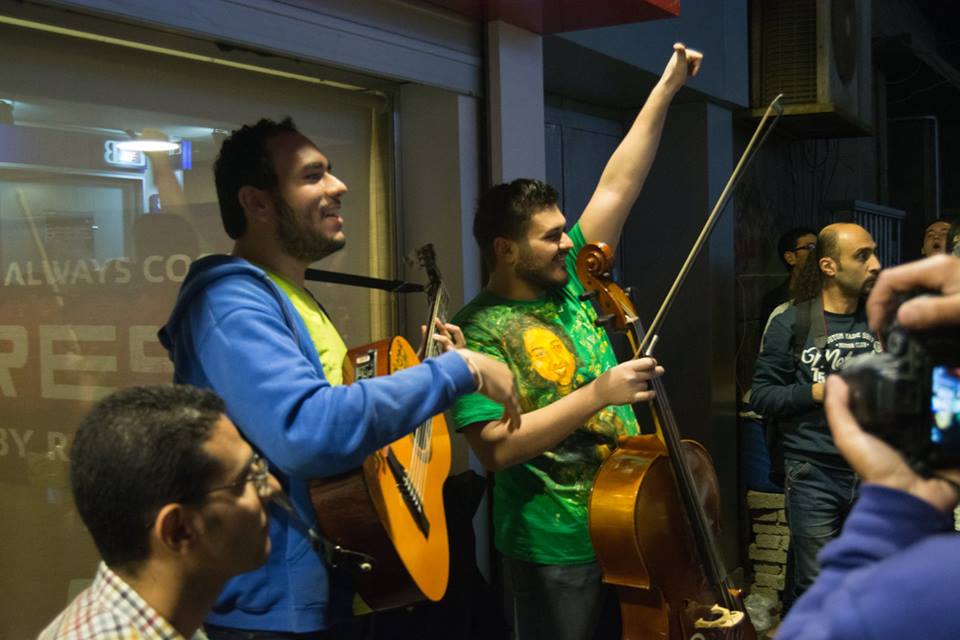The Berlin fashion scene hasn’t seen much international success – yet. DW columnist Gero Schliess says there more potential to be tapped into – if the fashion and start-up scenes start collaborating.No, things weren’t better in the past – especially not for Berlin-based fashion designers. In the 1990s, it was said that Berlin would never become a fashion hub. If they wanted to sell women’s wear, Berliners went to the fashion fair in Dusseldorf. Cologne was the place to be for men’s wear. If you were particularly courageous, you dismissed the German market altogether and went straight to Paris.
But no one is talking about Cologne or Dusseldorf these days, so there’s room on the scene.
Berlin is stylish. Berlin is fashionable. But does that make the German capital a fashion hub? Many designers seem to have believed in that illusion until the harsh economic reality hit them.
Fashion Week doesn’t guarantee success
They all paid dearly for their illusions, including those who’ve been struggling hard to establish Berlin as a fashion center ever since the Berlin Fashion Week got started in 2007. Among them are the Berlin Senate, former Mayor Klaus Wowereit, and faithful major sponsor Mercedes-Benz, which has been pumping a lot of money and prestige into the city but now seems to be having second thoughts. And then there are Berlin’s wonderful designers, who still haven’t gotten the recognition they deserve.
The truth hurts sometimes. There’s more to being a fashion hub than working in trendy warehouse studios while celebrating wild parties. Who could have explained that better than German designer Wolfgang Joop during a pre-Fashion Week interview?
Berlin designers need support
But we shouldn’t be too pessimistic. Berlin’s designers have long left their warehouses and are already on a par with big international designers. Nevertheless, that doesn’t suffice to solidify Berlin’s fashion reputation. There are too many other factors to be considered.
Where are the big traditional fashion houses located? Prada is based in Milan and Dior in Paris. But who is based in Berlin?
Where are the manufacturers of fine fabrics and producers of clever cuts that designers need for their collections? They’re all located near Paris, Milan or New York – but not Berlin.
And what about German retailers? They still seem to be watching local designers with a bit of suspicion, preferring international luxury brands like Versace or Coco Chanel to sharp designs created by Lala Berlin or Guido Maria Kretschmer.
Berliner Mode Salon offers a glimpse of hope
I’m convinced the Berlin fashion scene can achieve a lot more – and I’m not the only one. Playing a big role in this regard is a small, but important institution: The Berliner Mode Salon was founded three years ago by Christiane Arp, editor-in-chief of “Vogue’s” German edition, and Berlin fashion manager Marcus Kurz. The Salon attends to the special needs of German designers not only during Berlin Fashion Week, but all year round.
That’s a lot of hard work. Instead of juggling champagne glasses, Berlin fashion junkies have calluses on their hands. But their sweat is flowing for a good cause – improving Berlin’s fashion infrastructure and strengthening its international network.
Their labor seems to be paying off. Trendsetting stores like Apropos in Cologne, Unger-Fashion in Hamburg and Berlin’s famous KADEWE department store are now selling more clothing created by young German designers. In France and Italy, retailers consider it an honor to sell creations by local designers because fashion is part of their cultural identity. However, their German counterparts needed some convincing.
Beyond Germany, international retailers like the Italian online store Luisa Via Roma have also started to offer more German designer fashion.
Bringing Berlin start-ups together with fashion designers
But that’s by far not all that Berlin designers could possibly achieve. There’s a lot more potential out there. So far, the fashion sector with an annual turnover of three billion euros (about $3.2 billion) has remained a rather negligible part of the Berlin economy.
But let’s just imagine what might happen if the incredible creative capabilities of Berlin and its start-up community joined forces with the fashion scene? What if tech and IT start-ups, who are making plenty of money in Berlin, came into play here? That could revolutionize design development, production and marketing. The fashion city of Berlin would suddenly be catapulted into an elipse with an orbit drawing its circles to Paris, Milan, New York and London (in this order) – without the need to copy these traditional giants.
Only Berlin could be capable of combining start-up and fashion in such a unique way that could well redefine style: Fashion 4.0 made in Berlin.



